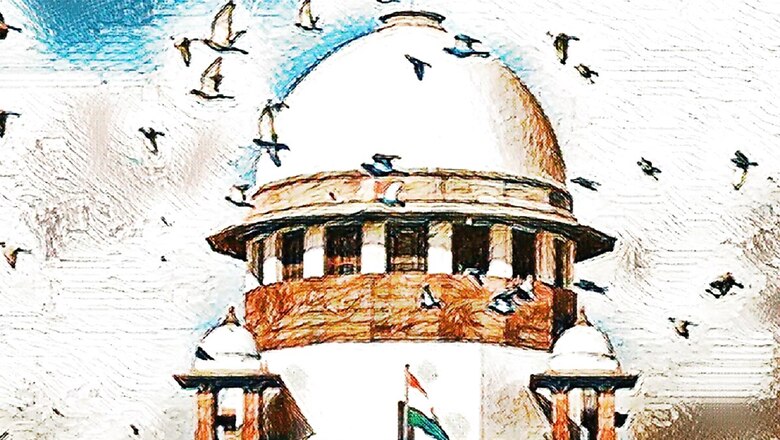
views
The Supreme Court on Wednesday struck down the Maharashtra law granting quota to Marathas in admissions and government jobs, terming it as “unconstitutional”, and held there were no exceptional circumstances to breach the 50 per cent reservation cap set by the 1992 Mandal verdict.
The top court also refused to refer the Mandal judgement to a larger bench for reconsideration, saying it has been upheld time and again by its various verdicts.
The Supreme Court had on March 8 sought views from all states and Union territories on whether they were in favour of exceeding the court-mandated 50 per cent ceiling on quotas allotted in government jobs and educational institutions. It also asked the states if they feel that the 102nd Constitution Amendment Act had taken away their power to provide quotas.
A five judge Constitution Bench of Justice Ashok Bhushan, L Nageswara Rao, S Abdul Nazeer, Hemant Gupta and S Ravindra Bhat, while examining the validity of the Maharashtra government’s decision to grant reservation to Marathas, said that it will consider looking into whether the landmark Indra Sawhney verdict of 1992 needs to be revisited in the light of subsequent constitutional amendments, judgements and changed social dynamics, according to the Bar and Bench website.
The Second Backward Classes Commission, famously known as the Mandal Commission, was set up in 1979 to determine the criteria for defining socially and educationally backward classes. The Mandal report identified 52 percent of the population at that time as ‘Socially and Economically Backward Classes’ (SEBCs) and recommended 27 per cent reservation for SEBCs in addition to the previously existing 22.5 per cent reservation for SC/STs.
The then V P Singh led-Central government wanted to implement the Mandal Commission report in 1990, but it was challenged in the Supreme Court. The verdict in the case, which came up before a nine-judge bench, was delivered in 1992. The pronouncement in the Indra Sawhney v Union of India, also known as the Mandal Commission judgement, fixed a cap of 50 percent reservation. The Court had, however, said that the cap can be breached under exceptional circumstances.
Revisiting the judgment could mean altering the structure of reservations that has been in place in the country since 1992.
Meanwhile, the SEBC Act of Maharashtra has included Marathas in the socially and educationally backward classes category. After the 10 percent reservation for the economically backward classes introduced by Centre, the total reservation in Maharashtra is 72 percent, way beyond the 50 per cent cap. The two challenges to the Maratha quota were whether states can declare a particular caste to be a socially and educationally backward class and whether they can breach the 50 percent ceiling for `vertical quotas’ set by the Supreme Court.
The Supreme Court had also asked the states to opine whether the 102nd Constitution Amendment Act had taken away their powers to provide quotas.
The 102nd Amendment inserted Article 342A to the Constitution giving powers to the Centre to notify any class or community as socially and educationally backward with respect to any state or Union Territory.
Read all the Latest News, Breaking News and Coronavirus News here. Follow us on Facebook, Twitter and Telegram.
















Comments
0 comment